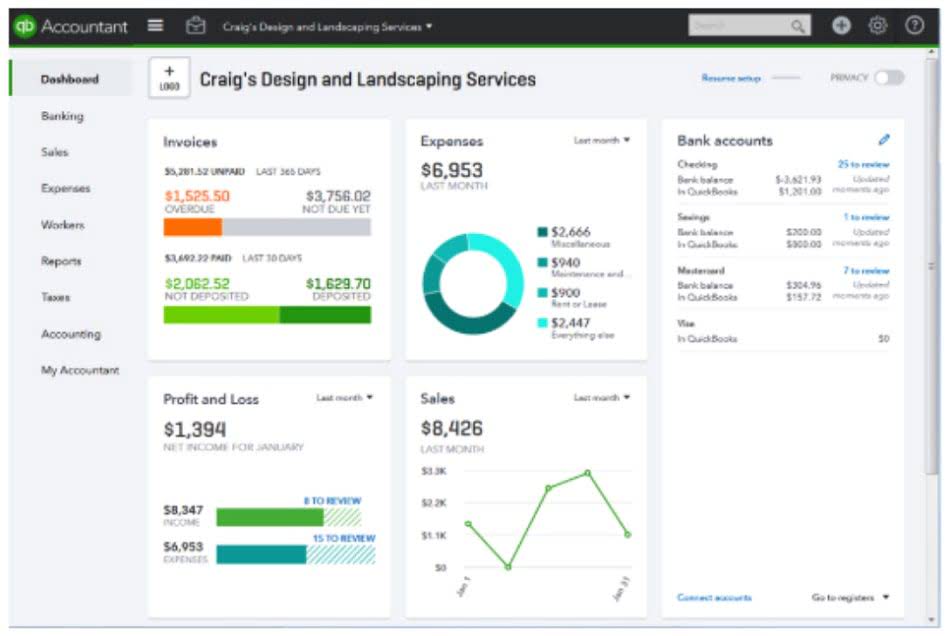
The IRS accepts digital copies of receipts, and apps and online services make it relatively easy to scan and save them. If you’ve ever balanced your checkbook, or simply compared the balances in your bank account and your company books to make sure they match, you’ve already performed a two-way reconciliation. Regardless of which state you’re in, you cannot under any circumstances use an IOLTA account as a savings account or an operating account, even if the money you withdraw from the IOLTA has already been earned. IOLTA accounts are tricky, because they have very specific rules around what you can and can’t do with them, and the penalties for breaking these rules can be severe, including disbarment. Depending on your needs, opening a money market account for savings might be a smart move. It’s an interest-bearing account that offers a higher yield than traditional business savings accounts (interest rates for money market accounts sit at an average of 0.11% nationally).
Law Firm Accounting Software Features

Note that you can enter your company’s name in cell A1 within the “Actuals” through “Monthly Billings” worksheets. You can then click to the “Monthly Billings” worksheet to view the amounts billed for each project broken down by month https://www.bookstime.com/ of completion. If you click the “Billing Timeline” worksheet, you can view a line chart that displays the monthly billings for your firm. This is a chart that represents the data shown within the “Monthly Billings” worksheet.
b) Separate Interest- Bearing Trust Account
Our partners cannot pay us to guarantee favorable reviews of their products or services. In this blog, we will be telling you about the meaning and importance of chart of accounts. We will also be telling you about the importance and benefits of integrating the chart of accounts with CaseFox. Find answers to all your queries regarding our legal billing software. Intuitive legal practice features to help large-sized firms attain peak efficiency. Plus, no commitment or credit card is required, and you can cancel anytime.
Client expense accounts
- You can click the “Account Billing” worksheet to view a chart that shows billing amounts by project.
- Yes, you can run productivity reports that line up with your firm’s compensation model so you and your team are no longer bouncing between various spreadsheets and dashboards.
- Another resource to check is the State Bar of Georgia’s sample chart of accounts for lawyers.
- One crucial source of financial knowledge for any firm is its law firm chart of accounts.
- Ethics rules vary in each jurisdiction, but there are definitely some basics when it comes to accounting for law firms.
- Law firms typically keep both client account records and firm account records.
You’d record that as a credit to cash, an asset sub-account, and a debit to utility expense, an expense sub-account. If your firm pays that bill with a credit card instead, the transaction would involve a credit to the credit card account on the liability side, plus a debit to utility expense. There’s no doubt Excel has become a staple across many businesses and industries, but how exactly do law firms use it? In this guide, we unpack some of the top ways legal professionals use Excel for lawyers while sharing essential information that every legal professional should know to get the most value from it. Law firms typically keep both client account records and firm account records.
Client Identification and Verification Requirements – By-Law 7.1 Part III

With streamlined financial management, law firms can optimize their operations, make informed decisions, and demonstrate financial transparency to stakeholders. Law firm assets represent a tangible or intangible item of value that your business owns and receives some form of economic benefit. For example, if you are a personal injury lawyer, your firm’s operating account is something your firm owns (the account itself) and receives economic benefit from (cash). The benefit can be immediate (in the form of straight cash) or potentially built over time (like your firm’s operating account). It’s important to remember that a standard payment processor will keep a certain percentage of each transaction as a fee.
Cash accounting
- It also allows for the organization and documentation of advanced client costs so that the firm can bill for them.
- The benefit can be immediate (in the form of straight cash) or potentially built over time (like your firm’s operating account).
- All state bar associations require every law firm to list detailed and accurate records of all incoming and outgoing money from trust accounts.
- Granted, if your bookkeeper and accountant are on board with it, and you take care to flag transactions properly, using your business account for personal transactions (or vice versa) isn’t the end of the world.
- Once set up, this information can give the visibility you need to ensure your firm stays compliant with accounting and trust accounting rules.
That said, there are a few drawbacks to using Excel for financial reports. You can go with an accrual or cash accounting method in the US, and the difference is mostly about timing. When it comes to key accounting concepts, it’s really about law firm chart of accounts organization. Whether intentional or through neglect, violations of compliance regulations—like mishandling client funds—can lead to serious repercussions. As a matter of policy, BBB does not endorse any product, service or business.
Yet, despite its importance, you’d be hard-pressed to find a legal professional who truly revels in the process of time tracking. If you’re not sure what tax deductions you should be watching for, our post covering the top tax deductions for lawyers and law firms is a good place to start. If you want your firm to stay compliant, be financially successful, and grow, you need to have an accurate and clear bookkeeping system for your law firm to follow.
In the following post, we’ll show you how to set up your law firm’s chart of accounts. Included is a law firm chart of accounts sample and basic template, and tips to help you create an accurate and effective chart of accounts for your firm. See invoices paid 70% faster with LeanLaw’s streamlined accounting workflows. Managing an organized law firm chart of accounts is crucial for maintaining your business’s overall financial health and meeting strict legal ethics requirements. This begins by creating a comprehensive list of all your firm’s cash inflow and outflow items.
Reference it as a guide and adjust as needed to reflect your firm’s financial situation. If your chart of accounts is not set up correctly, your transactions will not balance and the records for each account could be inaccurate. That’s because many legal professionals often turn to Excel for lawyers to input how much time they spend on a task or client matter. These multi-column timesheets include a range of information, like the date and their name, hours worked, task description, case or client name, and hourly rate. As a legal professional, it’s important to understand how you can benefit from knowing basic Excel functions.
When set up, hard costs incurred by your law firm (such as filing fees) will automatically push back into Clio. This means setting up your chart to include as much relevant information as possible. Bookkeepers record the financial transactions and balance the financial accounts for your firm. Legal bookkeeping takes place before any accounting can occur and is an important administrative task for any law firm. If you’re the owner of a small law firm, you need to know the essentials of bookkeeping and accounting for law firms.
